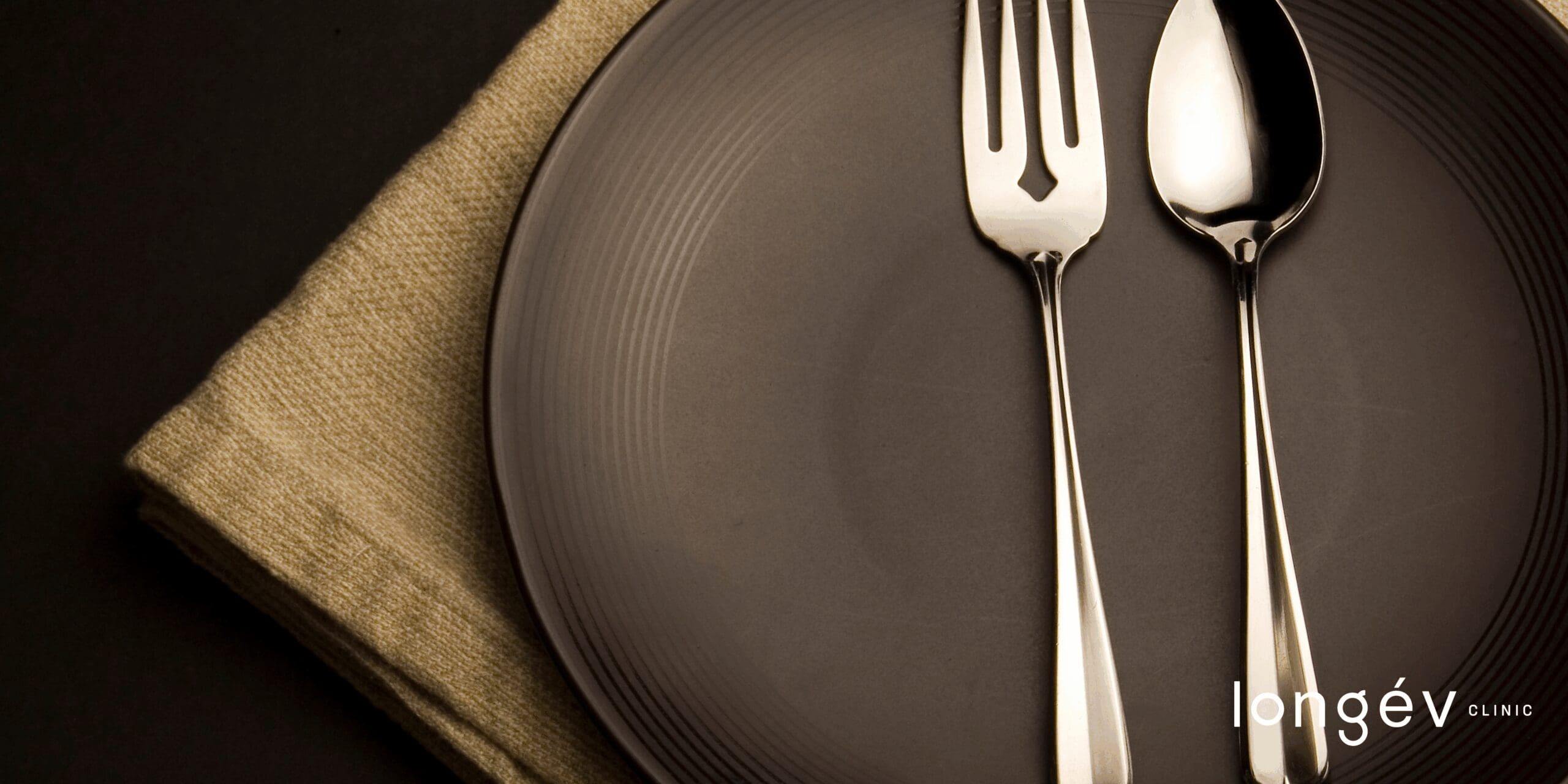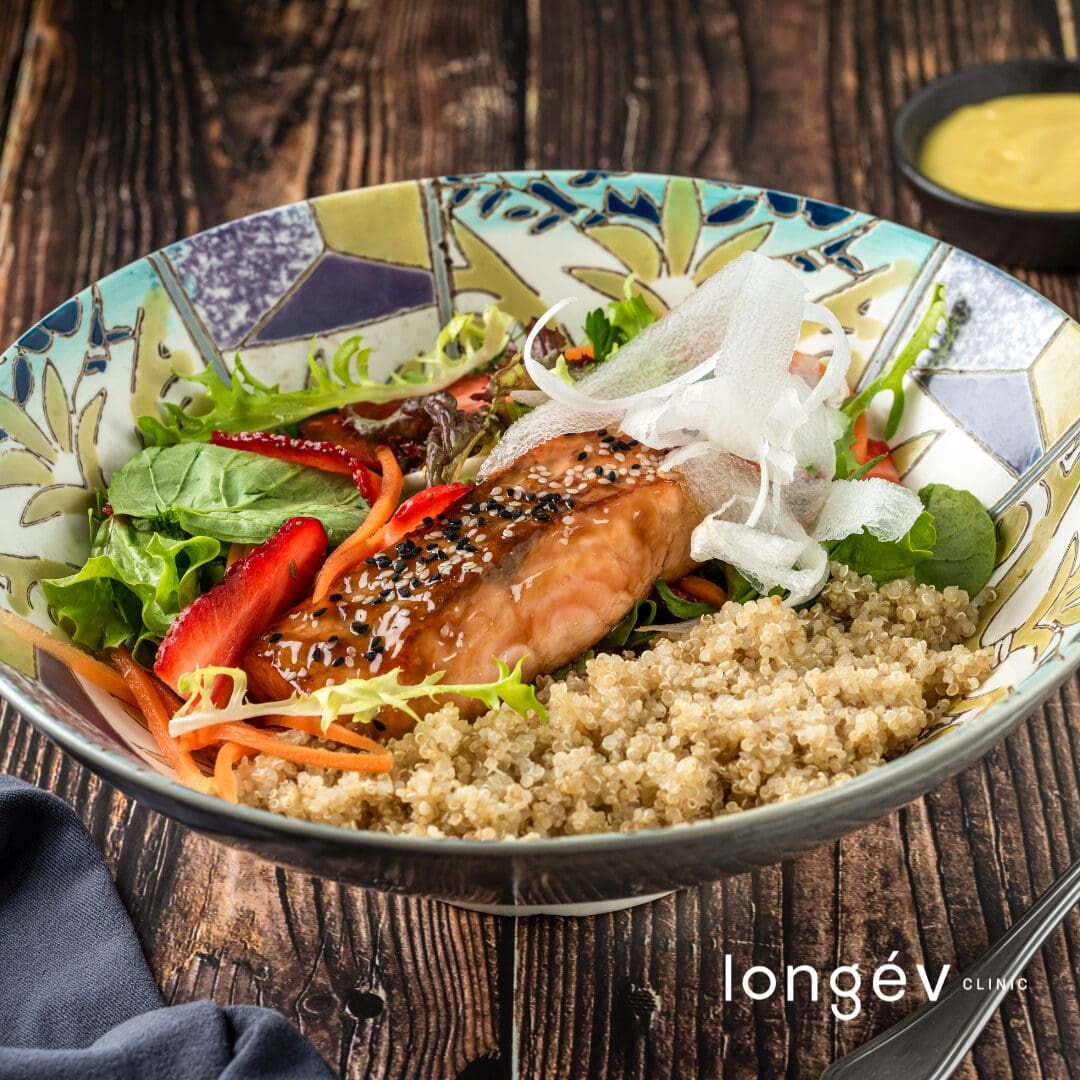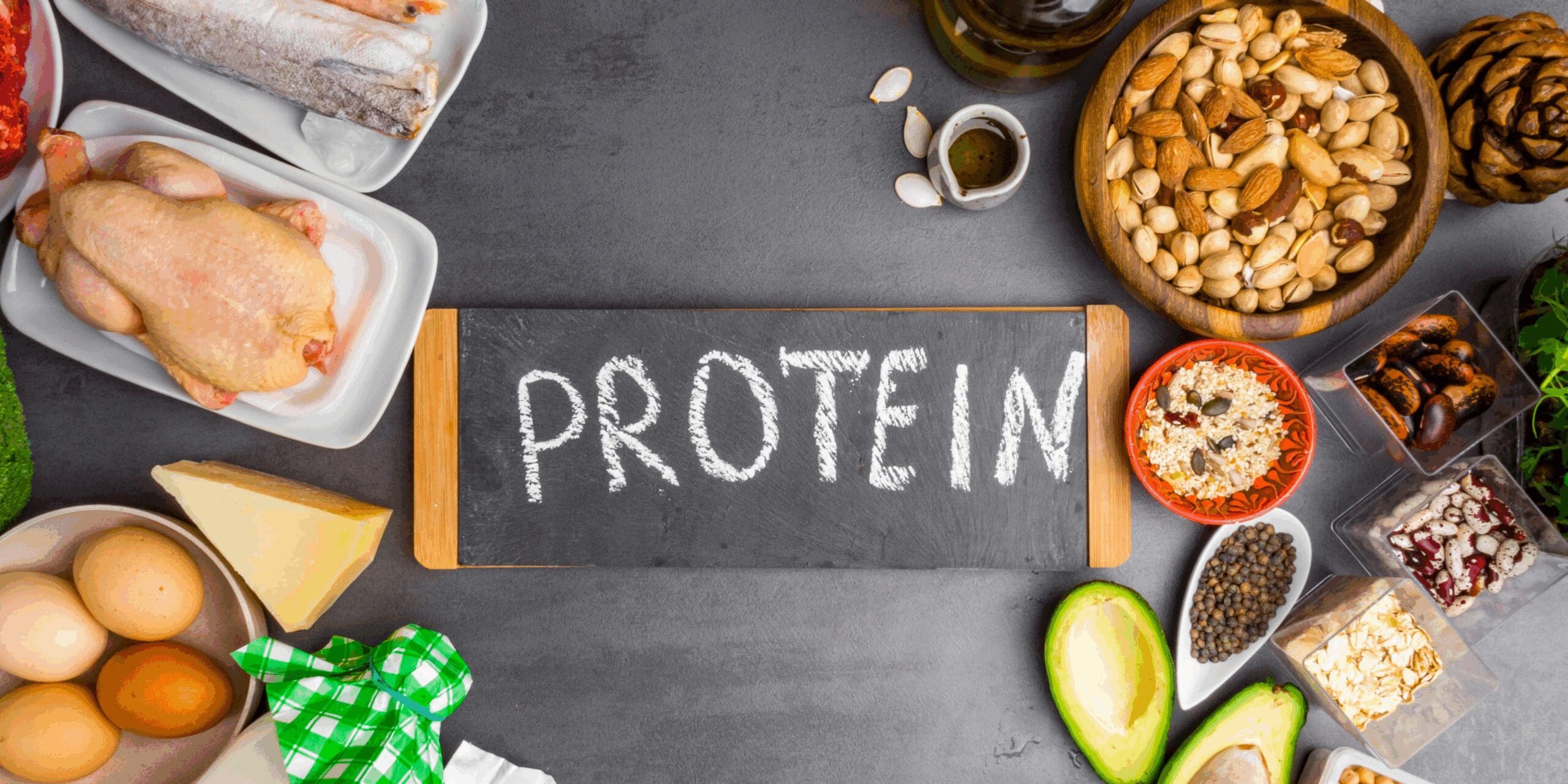

How to Reach 100–120g of Protein a Day During Perimenopause and Menopause
As women transition through perimenopause and menopause, our bodies undergo hormonal changes that can significantly impact metabolism, muscle mass, bone density, and energy levels. One of the most effective ways to support your body during this time is by prioritizing protein. Aim is to get 100-120g per day and we are on a mission to help you!
Why Protein Matters More Than Ever
During menopause, estrogen levels decline, which can accelerate muscle loss (sarcopenia) and bone density reduction. Protein becomes essential for:
- Maintaining lean muscle mass
- Supporting metabolism and weight management
- Promoting hormone balance
- Improving satiety and blood sugar stability
- Supporting hair, skin, and nail health
For most women in this stage of life, aiming for 100–120 grams of protein per day is ideal. This can seem like a lot at first, but with a few mindful adjustments, it’s completely achievable.
How to Build a High-Protein Day
Here’s how you can distribute your protein intake throughout the day to make it manageable and satisfying. No need to get stressed out about crunching numbers – a basic guideline is fine. We have included a printable cheat sheet to help you understand which foods contain protein so when you are meal planning you can refer to this.
| Animal Sources | Plant Based Sources | Vegetables and Other Sources |
| 4oz Chicken breast 35g | ½ cup Lentils 9g | 1 cup Green peas 8g |
| 4oz Turkey breast 32g | ½ cup Chickpeas 7g | 1 cup Broccoli 5g |
| 4oz Salmon 25g | ½ cup Black beans 8g | 1 cup Spinach 5g |
| 1 can Tuna (in water) 30g | 1 cup shelled Edamame 18g | 1 cup Brussels sprouts 4g |
| 4 oz (10-12 medium) Shrimp 24g | ½ cup Tofu 20g | 1 cup Asparagus 4g |
| 1 can Sardines 23g | ½ cup cooked Mung beans 7g | 1 large red Potato 7g |
| 4 oz Lean Ground Beef 28g | ½ cup Tempeh 15g | 1 large Sweet potato cup 5g |
| 4oz Pork tenderloin 23g | 1 cup Quinoa 8g | 1 cup cooked mushrooms 4g |
| 2 eggs 12g | 3 Tbsp Hemp hearts 10g | 1 cup Snow peas 5g |
| ⅓ cup (around 3) Egg whites 11g | ¼ cup Pumpkin seeds 10g | ½ cup dry Oats 6g |
| ¾ cup plain Greek yogurt 2% 17g | 2 Tbsp Peanut butter 8g | 1 cup cooked Brown rice 5g |
| ½ cup Cottage Cheese 2% 14g | 2 Tbsp Almond butter 6.8g | 1 cup Almond milk 2g |
Click below for printable protein cheat sheet.
Pro Tips to Hit Your Protein Goals
- Prioritize protein first at each meal — then build around it with veggies, healthy fats, and complex carbs.
- Prep in advance: Cook extra chicken, turkey, or tofu to use throughout the week.
- Use protein powders strategically: A high-quality protein powder can easily boost your intake without adding meal prep stress.
- Bone broth is a great snack and warms you up while providing protein. Lots of varieties available at most grocery stores.
- Think variety: Alternate between animal and plant-based proteins to cover a broader nutrient spectrum.
A Final Word
Getting enough protein isn’t about dieting — it’s about fueling your body wisely during a powerful transition. Consistent, balanced protein intake helps you stay strong, energized, and supported from the inside out.
If you’re unsure how much protein you personally need or how to incorporate it based on your lifestyle or digestion, our team at Longév can help create a personalized plan tailored to your hormonal and metabolic needs. Book an appointment or reach out today.
Learn more about how crucial protein is for women during menopause especially when working out by reading Protein Power Through Perimenopause & Menopause.


